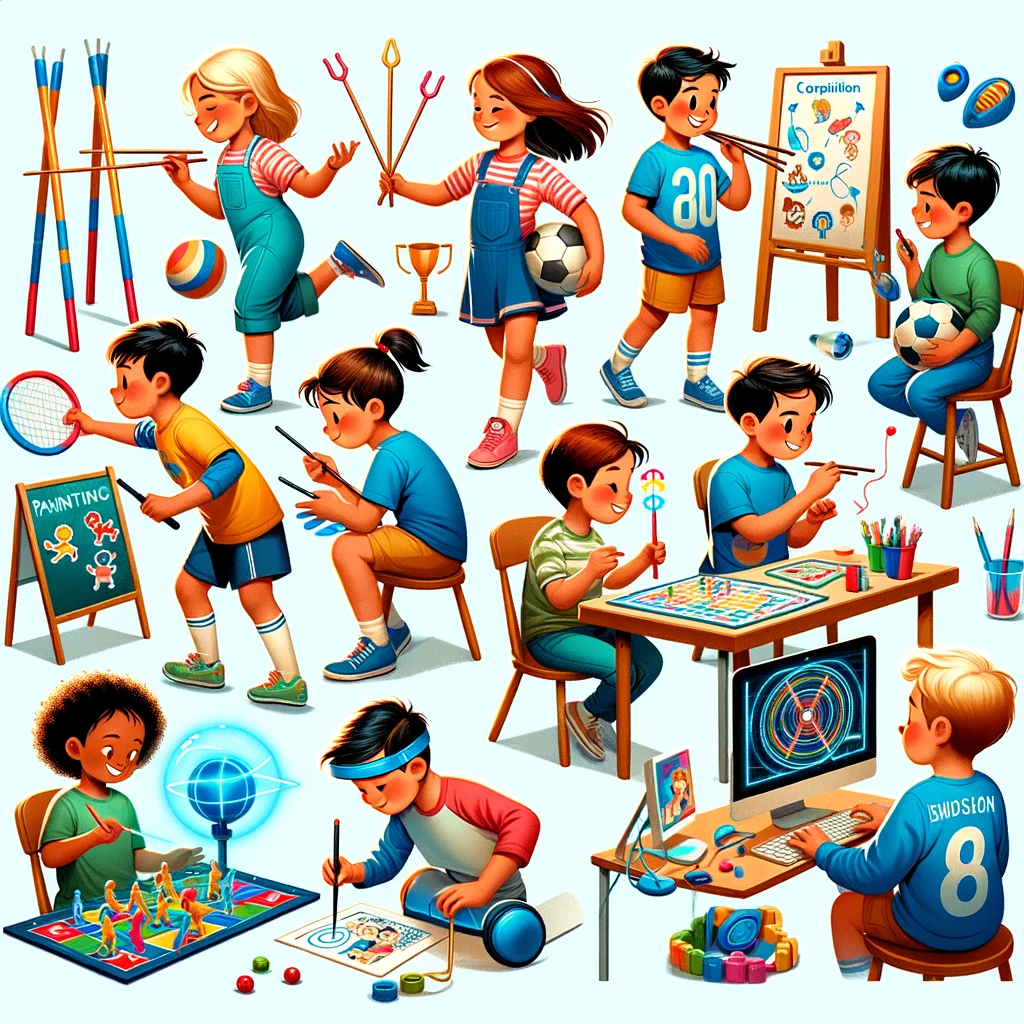10 activities that can help develop hand-eye coordination in children
Puzzles - Completing jigsaw puzzles requires children to match pieces by shape and color, improving their visual-spatial coordination and precision.
Example: Start with simple puzzles with large pieces and progress to more complex ones as skills improve.
Building Blocks - Stacking and arranging blocks encourages fine motor skills and coordination.
Example: Use LEGO or wooden blocks to create structures following patterns or instructions.
Catching and Throwing - Playing catch with a ball helps coordinate timing and hand movement with visual tracking.
Example: Start with a large, soft ball and gradually move to smaller balls to increase difficulty.
Drawing and Coloring - Holding and controlling pencils or crayons to draw shapes can fine-tune motor skills and hand-eye coordination.
Example: Have the child trace shapes before progressing to freehand drawing.
Bead Threading - Stringing beads onto a piece of string or lace requires concentration and precise movements.
Example: Create patterns with different colored beads to make necklaces or bracelets.
Playing Musical Instruments - Learning to play an instrument like the piano or a guitar involves reading music while simultaneously moving fingers.
Example: Simple piano exercises involving different finger combinations can be effective.
Interactive Video Games - Certain video games designed for children involve movements that require coordination and timing.
Example: Dance or rhythm games that require children to use hand controllers in time with visual cues.
Sports - Many sports activities, such as soccer or basketball, improve coordination and spatial awareness.
Example: Dribbling a basketball around obstacles or kicking a soccer ball towards a target.
Crafts - Doing crafts involves cutting, gluing, and assembling materials in a precise way.
Example: Making a collage from different materials can be a fun way to improve precision and coordination.
Cooking and Baking - Simple kitchen tasks can promote coordination, following sequences, and measuring ingredients.
Example: Decorating cookies with icing or placing toppings on a pizza.
Each activity can be tailored to suit the child's age and developmental level, ensuring they are both challenging and achievable to keep them engaged and improving.








